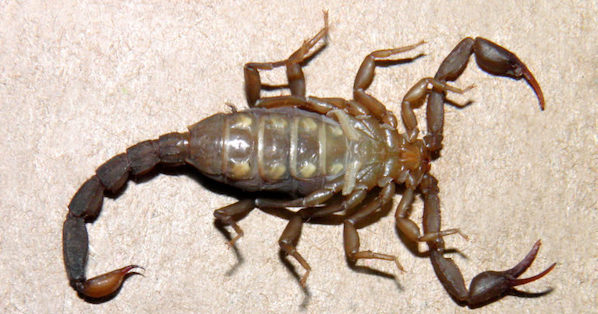Inside the BioBlitz: A Key Part of Global Conservation
A BioBlitz is more than a scientific survey—it’s an energetic, fast-paced effort to better understand the natural world. The term, coined by the U.S. National Park Service in 1996, describes an intensive biodiversity study where teams work around the clock to document as many species as possible within a short window of time.
Our recent expedition to Vietnam can be considered a BioBlitz, as our team of scientists traveled to the Sao La Nature Reserve—within the Annamite Mountain chain—in the Thua Thien Hue province, along with a team of Vietnamese scientists, to study, document and catalog a wide variety of species during the span of a few days.
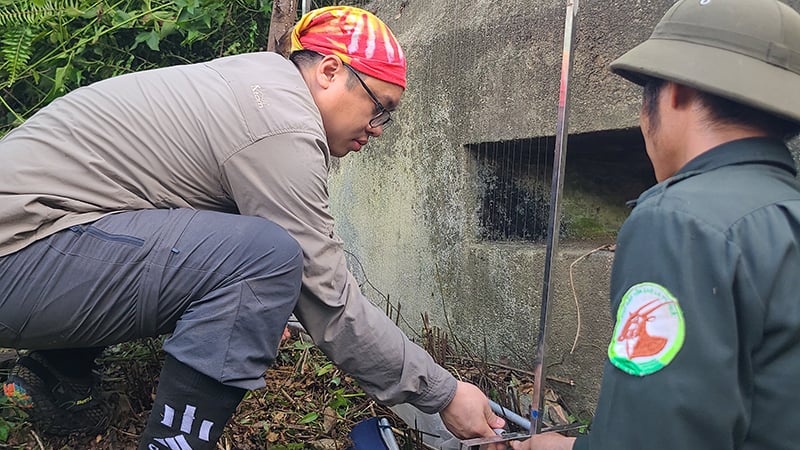 PHOTO © Greater Good Charities
PHOTO © Greater Good Charities
The primary goal of a BioBlitz is to get an overall count of species in a specific area by going out into the field for a limited time, around the clock, and documenting as many living species as possible - mammals, reptiles, birds, amphibians, and plants. We identify, photograph, collect samples, and bring them back to the camp, where we catalog them and, ultimately, create a comprehensive list of species for a given location. Then, we release the animals back to the location where they were found.
While the list may not be a complete inventory, it becomes the basis for one, and it can show us if a particular area, species, or group would benefit from more in-depth study.
Vietnam itself is a biodiversity wonderland. Home to 10,000 species of land-based animals, 39 types of wetlands, 20 marine ecosystems and more than 11,000 marine species, Vietnam is among the world’s most biodiverse countries.
 PHOTO © Greater Good Charities PHOTO © Greater Good Charities |
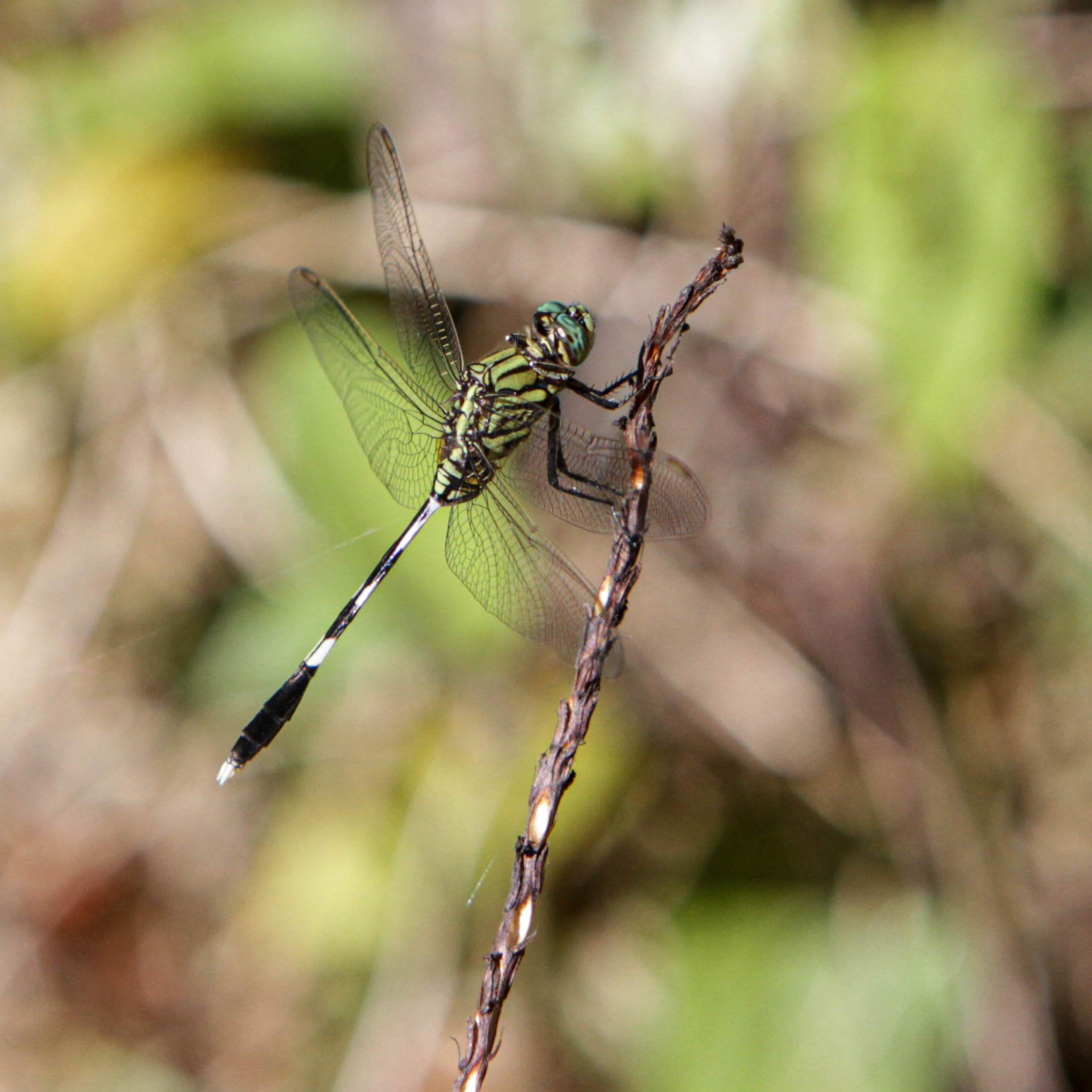 PHOTO © Greater Good Charities PHOTO © Greater Good Charities |
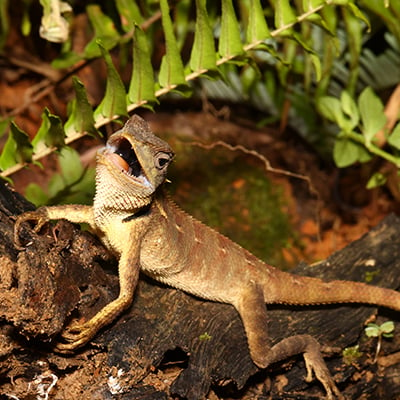 PHOTO © Greater Good Charities |
From photographs and field notes to watercolor illustrations, everything we collect and create is data that gets shared among the scientific community—but not just with biologists, geographers, and other scientists, but volunteers, students, and other organizations focused on conservation.
The data we compile in any BioBlitz—including our recent expedition to Vietnam where we cataloged more than 90 species of bats, snakes, turtles, pangolins, and more—may identify a range extension for a particular species, meaning we’ve found it in a location, elevation, or habitat that it’s not normally found in. Or, we might find a species in a color phase that was not known to exist before. This in-the-field learning shows us how fluid our understanding is of so many species, and may even tell us that what used to be thought of as one species may now be two, three, or four.
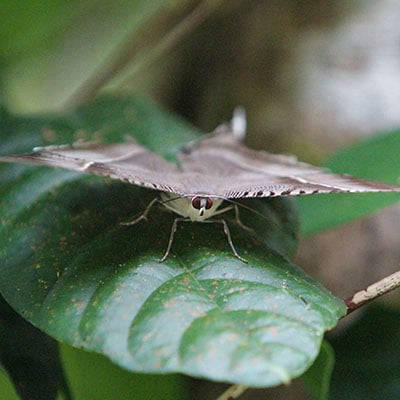 PHOTO © Greater Good Charities |
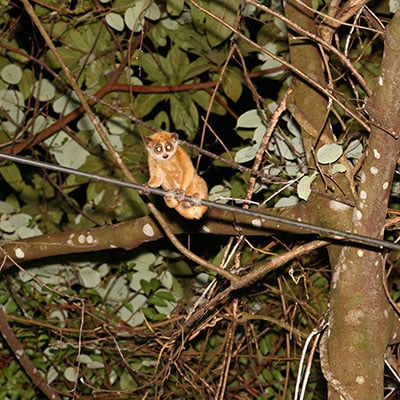 PHOTO © Greater Good Charities |
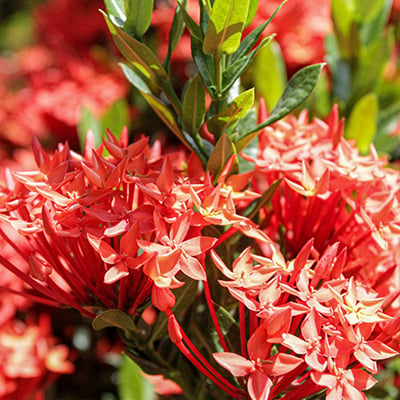 PHOTO © Greater Good Charities |
The data points we collected during our Global Biodiversity Expeditions “BioBlitz” efforts can help conservation efforts, allowing us to better understand the species we find, their habitat, the ecosystem, and the world in general.

